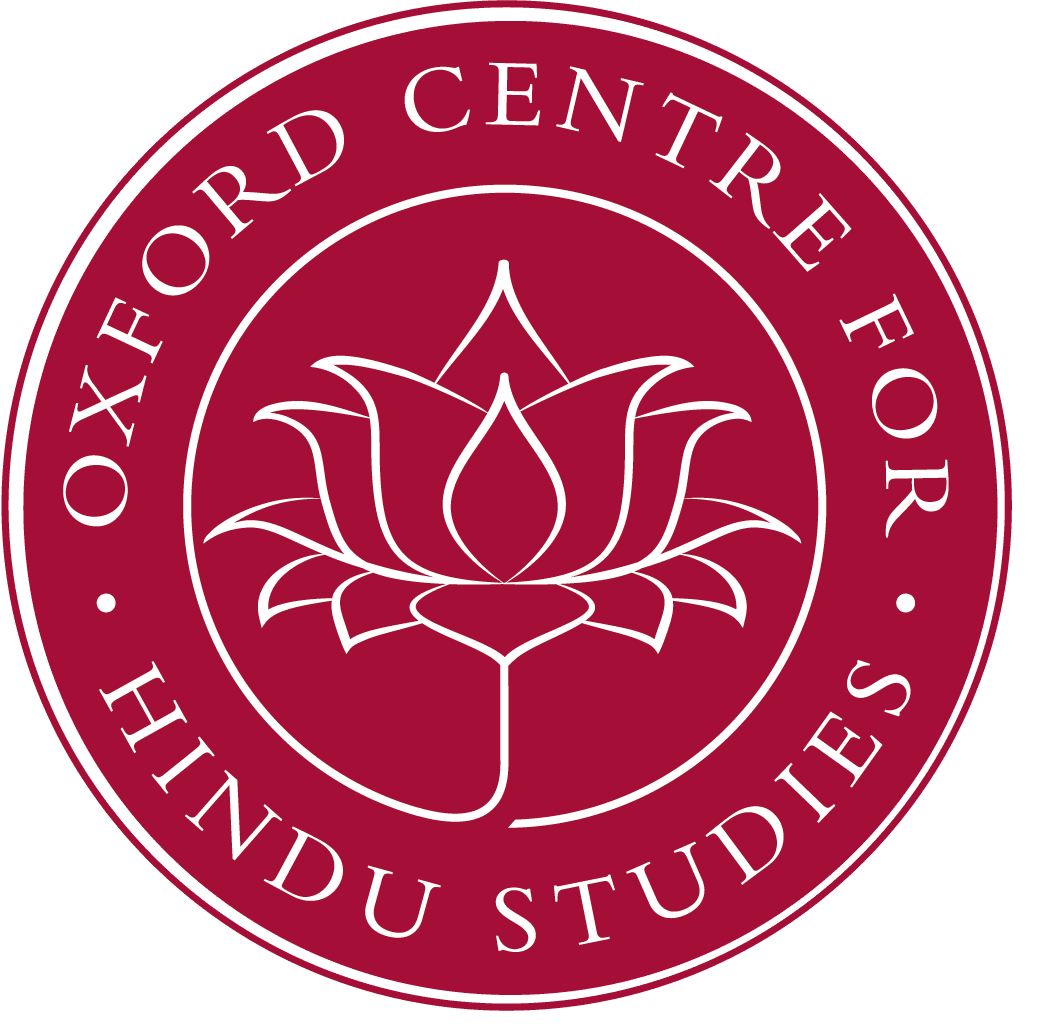From temple building to image making, from temple rituals to domestic vratas, from village festivals to pilgrimage journeys, the Hindu temple religion demonstrates an integrated process of creating material forms and objects that express religious and cultural ideas. The material connections of Hindu temple religion are evident in the daily worship to images (murtis) in sanctums and in public festival performances that honor utsava icons. My lecture focuses neither on the image making nor the performance of rituals in Hindu temples. Instead, it explores the material dimensions of sacred images as reflected in the ritual lives of deities and material objects used in festival exhibitions at the famous Venkateswara Temple (Tirumala-Tirupati) in Andhra Pradesh, South India. The Tirumala Tirupati Devasthanam (TTD), the temple institution that oversees the management of the religious calendar of events and the ritual performances of Sri Venkatesvara temple (SV), plays a significant role both in the production of religious objects and in the process of legitimizing for approval and usage of created objects for the temple programs.
Two theoretical dimensions concerning the material culture of sacred images are considered. First, the ways the material objects are used on the bodies of sacred images and the ways the relationships are created between the images and objects symbolizing religious/cultural values. The material objects and materials used for sacred images in the Tirumala Temple constitute of two kinds: 1) sets of attire, body armor, jewelry, and ornaments worn by deities, and 2) materials applied to the aesthetic beautification (alankara) of images and objects used in rituals. The second perspective looks at TTD’s involvement in the production and creation of relationships between images and material objects as well as strategies used by the institution in the promotion of mass devotional culture and economic prosperity of the temple. The images and religious objects promoted by TTD become the focus for the transmission of Vaisnava bhakti ideals, image incarnation (archavatara), master-servant relationship, the path of knowledge, and the aim of reaching higher realms of Visnu-Venkatesvara.
Dr Prabhavati C. Reddy is an Adjunct Faculty member of Religious Studies at George Mason University in Virginia, USA. She is an interdisciplinary scholar with a Ph.D. in Sanskrit and Indian Studies from Harvard University, an M.A. in Asian Art History from the University of Texas-Austin, and an M.A and M.Phil. in Ancient History and Archaeology from Osmania University, Hyderabad, India. She has previously taught at George Washington University and was a two-year Andrew Mellon Post-Doctoral Fellow at Northwestern University where she taught in the Department of Religious Studies. She specializes in Hindu traditions and is interested in the historical development of sectarian traditions with reference to constructive theological frameworks and syncretism, religious authority and identity, and conflict and resolution in response to sociological and political processes. She is the author of Hindu Pilgrimage: Shifting Patterns of Worldview of Srisailam in South India (Routledge, 2014) and has published several articles on Indian art and Indian diaspora/Hindu temples in North America. She is currently working on two books entitled, The Tantra and Siddha Traditions at Srisailam: Kundalini and Hatha Yoga Practices in Medieval India and Vaisnava Rituals and Sacred Images. She has lectured at universities in both the U.S and India as well as has presented papers at professional conferences.
